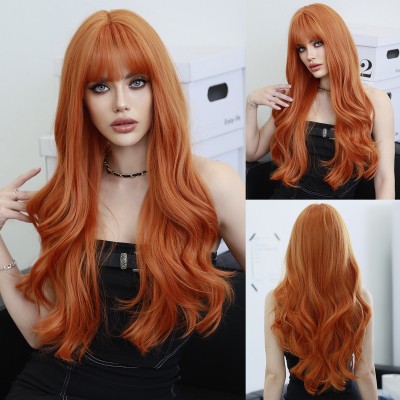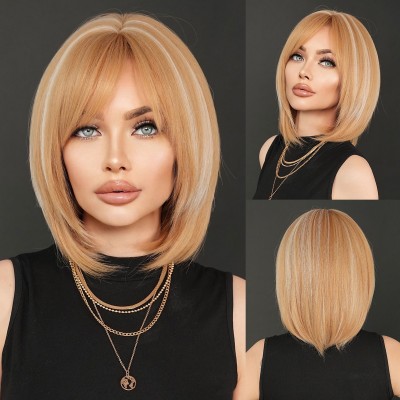
CHECK HERE TO VIEW OUR WIG PRODUCTS
JOINT OUR AFFILICATE PROGROM TO EARN UP TO 50% COMMISSION
The use of wigs in film and television is a practice that straddles the line between accurate cultural representation and the reinforcement of stereotypes. While wigs can serve to authentically portray cultural traditions, they are also sometimes used in ways that might perpetuate stereotypes, leading to oversimplified or misconstrued portrayals of cultural identities.
Wigs: A Bridge to Cultural Authenticity
In many cases, wigs are meticulously chosen and designed to accurately depict specific cultural traditions. Historically accurate wigs in period dramas, for instance, can be crucial in immersing the audience in the era's atmosphere, enhancing the educational and immersive qualities of the production.
Moreover, wigs can be used to represent characters from cultures where hair plays a significant symbolic role. Whether it's the complex braided hairstyles of various African traditions, the shaved heads of Buddhist monks, or the extravagant wigs of European nobility, wigs can facilitate a deeper understanding of the meanings and traditions behind these hairstyles, fostering a more informed view of diverse cultures.
The Risk of Stereotyping
Conversely, wigs in film and TV can sometimes reinforce cultural stereotypes. When employed without adequate research or context, wigs can oversimplify and trivialize the complexity of cultural identities, reducing them to mere visual tropes. This can perpetuate misconceptions and contribute to a superficial understanding of cultures, often leading to homogenized and inaccurate portrayals.
For example, the use of afro wigs or braids in comedies to depict African characters can sometimes cross the line into disrespectful or mocking portrayals. Similarly, the stereotypical depiction of Asian characters with straight, black wigs fails to represent the diversity within Asian cultures, perpetuating a narrow and often misguided stereotype.
The Responsibility of Accurate Representation
The entertainment industry has a significant influence on shaping public perceptions. Thus, the use of wigs for cultural representation should be approached with sensitivity and thorough research. This involves collaborating with cultural experts to ensure that the portrayal of wigs, and cultural elements more broadly, is respectful and accurate.
Creators and producers should strive for a balance between artistic freedom and cultural sensitivity, aiming to include the perspectives of the communities being represented in the creative process. This not only enhances the authenticity of the production but also contributes to a more informed and respectful cultural discourse.
Conclusion: Toward Authentic and Respectful Representation
The use of wigs in film and television can serve as a powerful tool for cultural representation. However, it requires conscious effort to avoid stereotypes and promote accurate and respectful portrayals. By striving for authenticity and sensitivity, the entertainment industry can use wigs to enrich cultural understanding and celebrate the diversity of global cultures, rather than perpetuating misconceptions.
-230x59.png)




